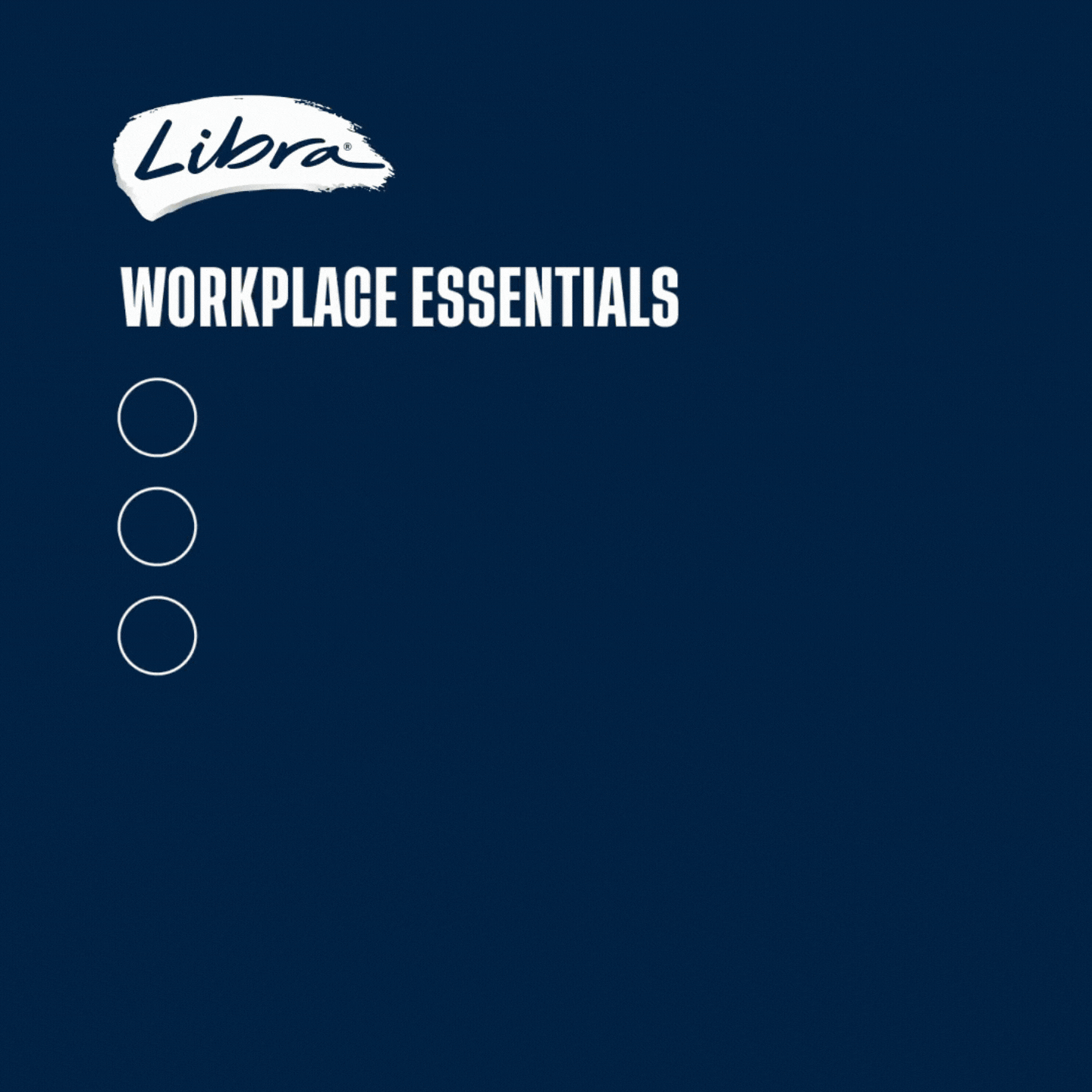Women working in Australian media are “unconvinced” by gender equality efforts in the industry, with a new report indicating women’s career dissatisfaction has reached a four-year high.
For the first time, Women in Media’s annual report has added a lens exploring how women working in the Australian media industry view the impact of recent gender equity reforms and international shifts in diversity policy.
The 2025 Women in Media Industry Insight Report has expanded their survey to include three critical areas: WGEA mandatory pay transparency reporting, Implementation of the Respect@Work legislation and the ramifications of US government and corporate pullback from DEI commitments.
“Policy alone isn’t enough. This year we asked new questions to get a clearer picture of whether the structural levers for reform are resonating with women at work,” said Petra Buchanan, Strategic Advisor at Women in Media and lead author of the report.
“The findings suggest that despite important legislative progress, the experience on the ground remains uneven. And with international pushback on DEI gaining visibility, women are watching closely. Now is the time for Australian media organisations to double down—not step back—from their equality commitments.”
Seventy-four per cent of women in media say their employer has not clearly communicated or taken action to address gender pay gaps despite public reporting obligations, and only 26 per cent report seeing tangible steps taken.
Just over three quarters (78 per cent) of respondents say they’ve seen no change in how harassment, bullying or discrimination are handled in their workplace since the introduction of Respect@Work reforms. Only 20 per cent observed some signs of improvement.
“This year’s report shows women are unconvinced by gender equality efforts. They want action,” said Buchanan.
“Media plays a powerful role in shaping how Australians see themselves and understand gender. Yet women working in the sector report little on-the-ground progress to address persistent disparities.”
As concerns grow in Australia over DEI backlash in the US, a significant portion of respondents (78 per cent) reported no change or were unsure if global shifts in DEI have influenced their own workplaces. However, 15 per cent said they’ve noticed a positive shift, suggesting early stage impacts are worth watching.
An annual, evidence-based analysis of women’s professional experiences in the Australian media industry, the report has been conducted by Women in Media since 2022.
In this latest national survey of over 300 professionals, the report’s new lines of inquiry help to deepen the annual benchmark of gender equity in the media and send a strong message to industry leaders.
“Employers now have data they can’t ignore. From pay transparency to cultural safety, women are looking for visible, sustained commitment to change,” Buchanan said.
What should employers do?
Based on the data, the report recommends that employers commit to gender equity by enhancing transparency in the workplace, particularly in regards to pay.
There’s also a need to define and communicate career opportunities to women to aid progression.
Employers should maintain focus on reforms and close the communication gap, as well as increase leadership participation to tackle persistent structural imbalance.
Additional insights
Along with the new lens on gender equity commitments, Women in Media’s report highlights key findings related to women’s challenges, aspirations and workplace realities.
Data shows that 59 per cent of women feel uncertain or dissatisfied with their career progress, which is up by 2 per cent from 2024.
Up by 3 per cent from last year, the survey shows thirty seven per cent of respondents are considering quitting their job. Attrition is highest among mid-career and senior women, with the leading driver being a lack of remuneration (29 per cent), followed by a lack of opportunity (26 per cent) and disengagement (16 per cent).
The top barriers to career progression were reported as a lack of promotional opportunity (45 per cent), workload (47 per cent) and limited pathways to promotion (46 per cent).
As AI usage grows in the workplace as well, 71 per cent of respondents feel positive about it’s use, with more than half applying it to research and storytelling tasks.


